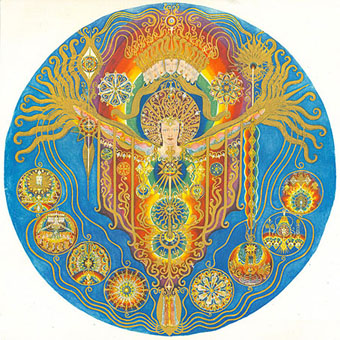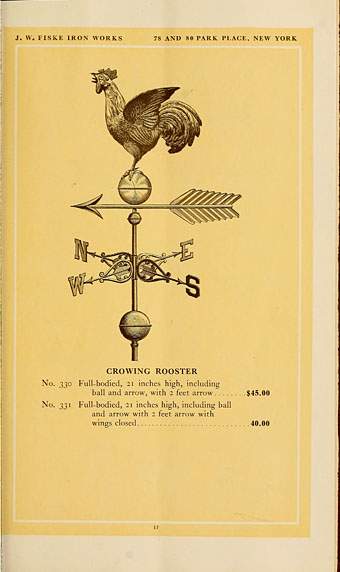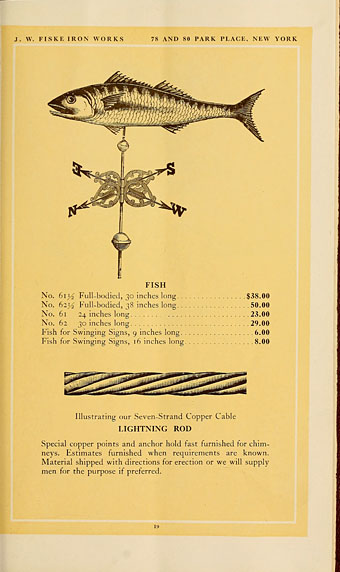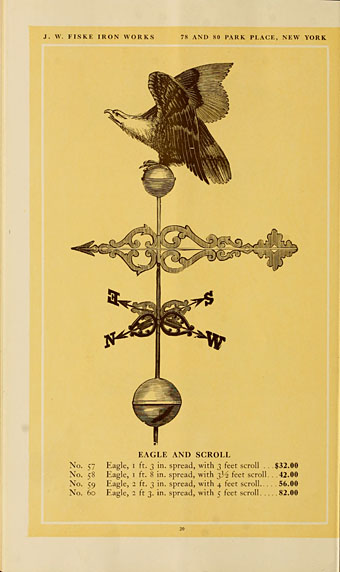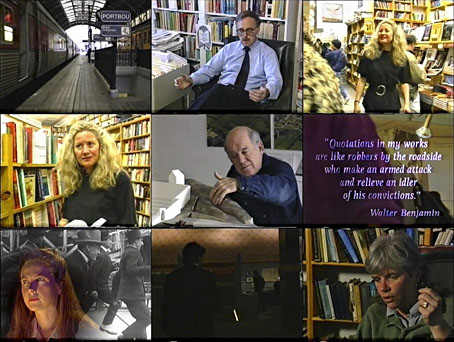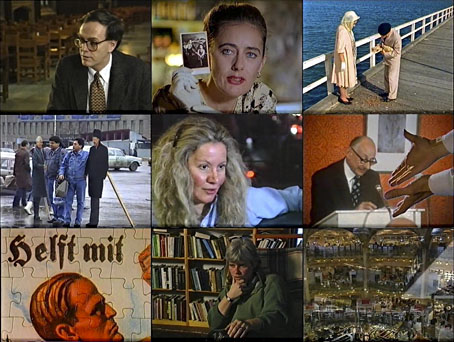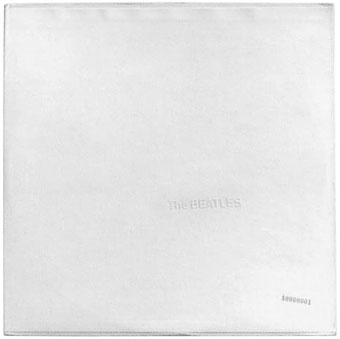Untitled painting (c. 1920–1933) by Ethel le Rossignol depicting “the Sphere of the Spirit”. An exhibition of Ethel le Rossignol’s channelled paintings takes place at the Horse Hospital, London, next month.
• “It’s always disconcerting to discover a favourite writer was kind of a jerk. How does this realization effect our understanding of Walter Benjamin’s work?” asks Morgan Meis.
• Mixes of the week: Georges Vert (aka Jon Brooks) presents The Pan-Europa Mix. Mr Brooks also unveiled another seasonal mix which he calls Winter Velvet.
• Knopheria by Chrome Hoof ft. Shingai Shoniwa. A video from the band’s latest album.
Without sci-fi trappings of any kind, The Metamorphosis forces us to think in terms of analogy, of reflexive interpretation, though it is revealing that none of the characters in the story, including Gregor, ever does think that way. There is no meditation on a family secret or sin that might have induced such a monstrous reprisal by God or the Fates, no search for meaning even on the most basic existential plane. The bizarre event is dealt with in a perfunctory, petty, materialistic way, and it arouses the narrowest range of emotional response imaginable, almost immediately assuming the tone of an unfortunate natural family occurrence with which one must reluctantly contend.
David Cronenberg on Franz Kafka’s story.
• “I was very much into now-ism.” Laraaji talks to Bobby Barry about his music.
• The Edge Question for 2014: “What scientific idea is ready for retirement?”
• Storybook Apocalypse: Beasts, Comets, and Other Signs of the End Times.
• Return of the wunderkammer: Philip Hoare on cabinets of curiosities.
• Birditis: Ian Penman on the “full catastrophe” of Charlie Parker.
• Rick Poynor on The Compulsively Visual World of Pinterest.
• RIP psychedelic poster artist Gary Grimshaw.
• At PingMag: The automaton clocks of Tokyo.
• Dust & Grooves: Vinyl music culture.
• Wunderkammern at Pinterest.
• Ligeti: String Quartet No. 1 “Metamorphoses nocturnes” (recorded 1978) The Arditti Quartet | Thru Metamorphic Rocks (1979) by Tangerine Dream | Metamorphosis (2012) by Demdike Stare

